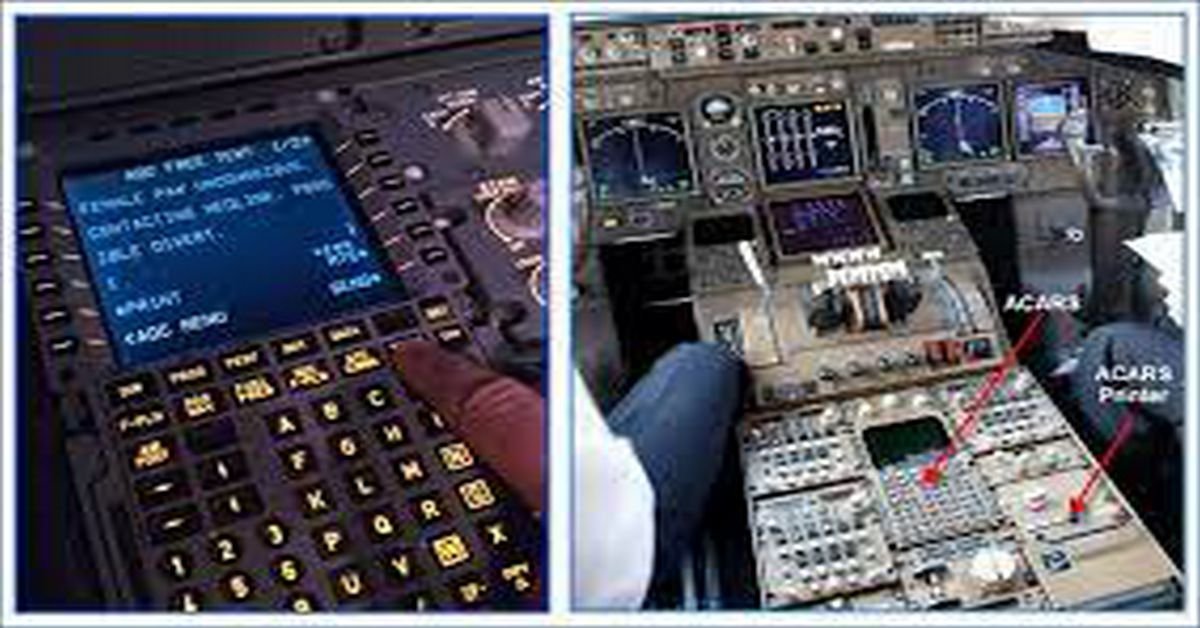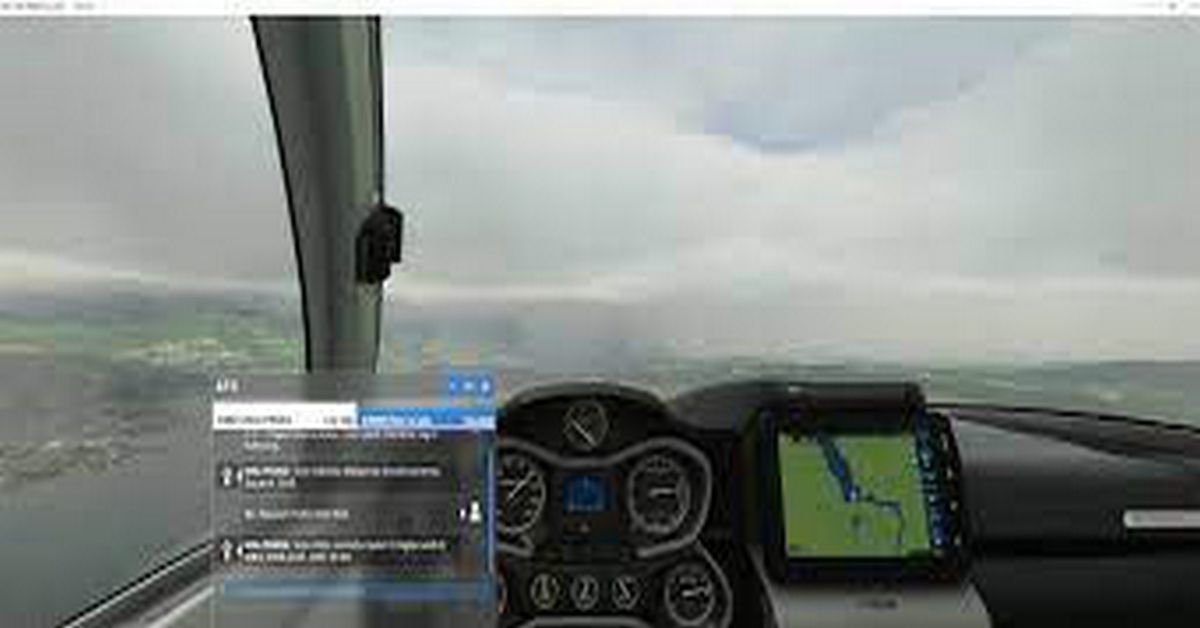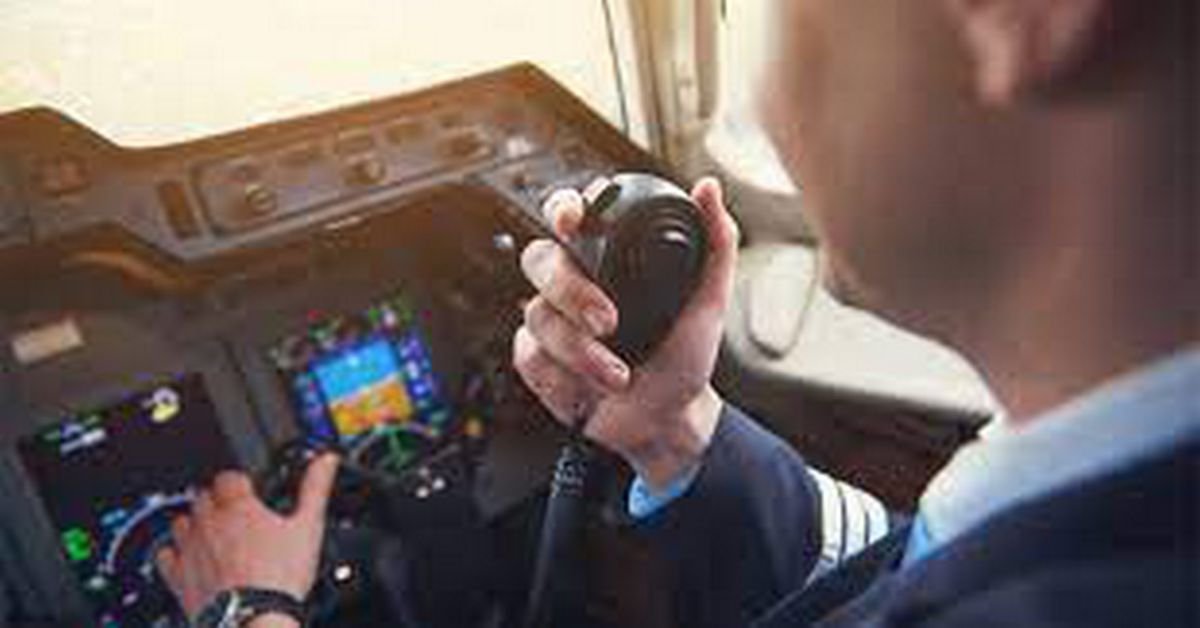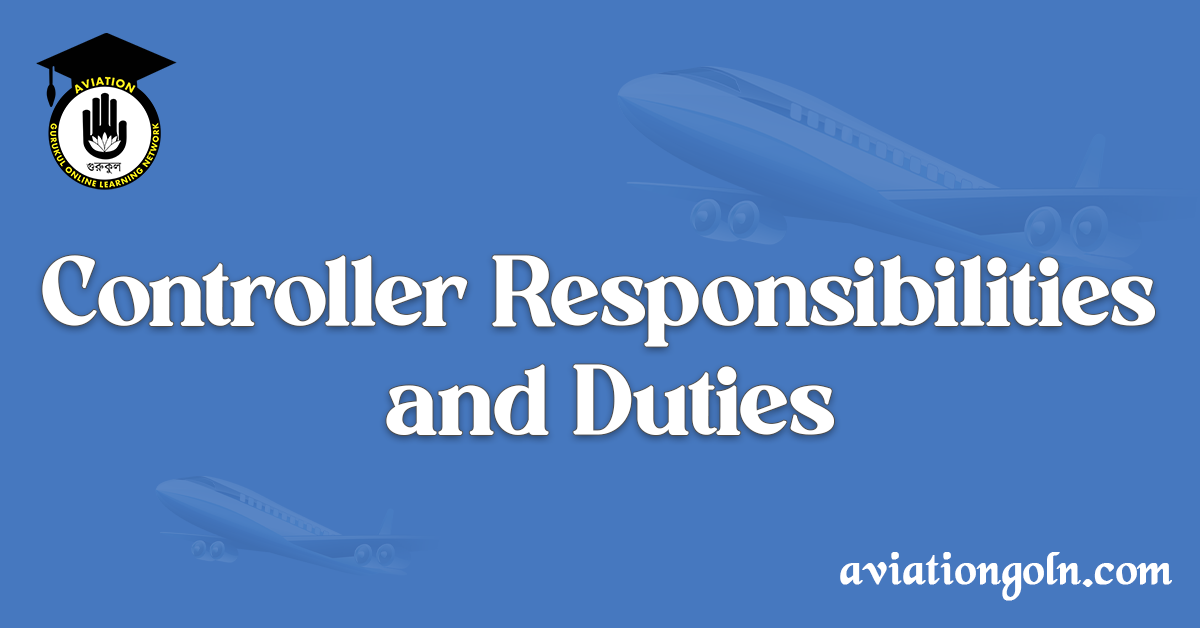Controller Responsibilities and Duties: Air Traffic Control (ATC) is the lifeblood of the aviation industry. Without the services of Air Traffic Controllers, the safe and efficient movement of aircraft both in the air and on the ground would be virtually impossible. ATCs play a crucial role in ensuring that flights operate safely, not only at takeoff and landing but also while in flight. This article delves into the role of an Air Traffic Controller, highlighting the duties and responsibilities of this critical position in the aviation industry.
Controller Responsibilities and Duties: The Role of Air Traffic Controllers

I. Introduction
The profession of Air Traffic Control emerged with the advent of commercial aviation, as a means of coordinating and directing aircraft to prevent mid-air collisions and maintain efficient flow of air traffic. Today, Air Traffic Controllers are indispensable players in the global aviation system, working from control towers, terminal radar approach control centers, and air route traffic control centers.

II. Who is an Air Traffic Controller?
An Air Traffic Controller (ATC) is a certified professional whose primary role is to maintain a safe, orderly, and swift flow of air traffic in the global air traffic control system. They are responsible for the lives of thousands of people each day, and the tasks they perform are crucial to the safety and efficiency of air travel.

III. The Role of an Air Traffic Controller
The principal role of an ATC is to prevent collisions between aircraft in the air and on the ground, and to expedite the flow of air traffic. This involves directing pilots on their courses, ensuring safe distances between aircraft, and providing information necessary for the pilots’ decision-making in flight.
Air Traffic Controllers operate in a variety of settings. They work in control towers at airports, directing traffic on the runway and within the airport vicinity. They also work in approach control facilities, guiding aircraft as they ascend and descend. In area control centers, they monitor en-route aircraft, maintaining safe and efficient flow of air traffic over larger regions.

IV. Air Traffic Controller Duties and Responsibilities
The duties of an Air Traffic Controller are broad and complex. They range from interacting with pilots, ground crew, and other ATCs, to making split-second decisions that could potentially save lives. The following are key responsibilities that Air Traffic Controllers undertake:
1. Direct and Monitor Aircraft
ATCs direct aircraft on the ground and through controlled airspace. They monitor the location, speed, and altitude of aircraft in their assigned airspace using radar equipment and visual observation. ATCs also provide pilots with crucial information regarding weather conditions, runway closures, and other potential hazards.
2. Maintain Safe Distances
One of the key roles of ATCs is to maintain safe distances between aircraft to prevent collisions. They manage the flow of aircraft into and out of the airport airspace, guide pilots during takeoff and landing, and monitor aircraft as they travel through the skies.

3. Communicate Clear Instructions
Clear communication is vital in aviation, and ATCs are responsible for providing precise instructions to pilots. They communicate directly with pilots, giving them instructions for takeoff, landing, and navigating through their airspace.
4. Coordinate with Other Air Traffic Controllers
Coordination among Air Traffic Controllers is crucial for maintaining safe and efficient flow of air traffic. Controllers often work in teams, with each member responsible for a specific area of the airspace. They coordinate to hand off control of aircraft from one sector to another.
5. Respond to Emergencies
ATCs play a critical role in handling emergencies. They assist pilots in distress by providing them with important information and options. They may coordinate with emergency response teams, reroute other aircraft, and clear runways.

V. Working Conditions and Challenges
The work of an Air Traffic Controller is demanding. It involves shift work, including nights, weekends, and holidays. The environment can be stressful due to the high level of responsibility and the need for constant focus and quick decision-making.
Controllers spend much of their time in front of radar screens in semi-dark rooms. They must remain seated for long periods, yet always be alert to ensure the safety of the aircraft they control. Despite the challenges, many find the work rewarding and enjoy the responsibility and engagement it offers.

VI. Training and Certification
Becoming an Air Traffic Controller requires rigorous training and certification. In the United States, for example, ATCs must complete a training course at the Federal Aviation Administration (FAA) Academy. This is followed by on-the-job training. Once training is completed, ATCs must pass a certification exam to become fully qualified.

In the complex web of aviation operations, Air Traffic Controllers are the lynchpin that holds it all together. Their duties and responsibilities are extensive and critical to the safety and efficiency of air travel. Though the job is demanding, it can also be highly rewarding, offering a chance to play a pivotal role in the aviation industry. Whether they are guiding a commercial jet through busy airspace, assisting a pilot in distress, or coordinating with other controllers to manage air traffic flow, Air Traffic Controllers are truly the unsung heroes of the skies.
Read more:
